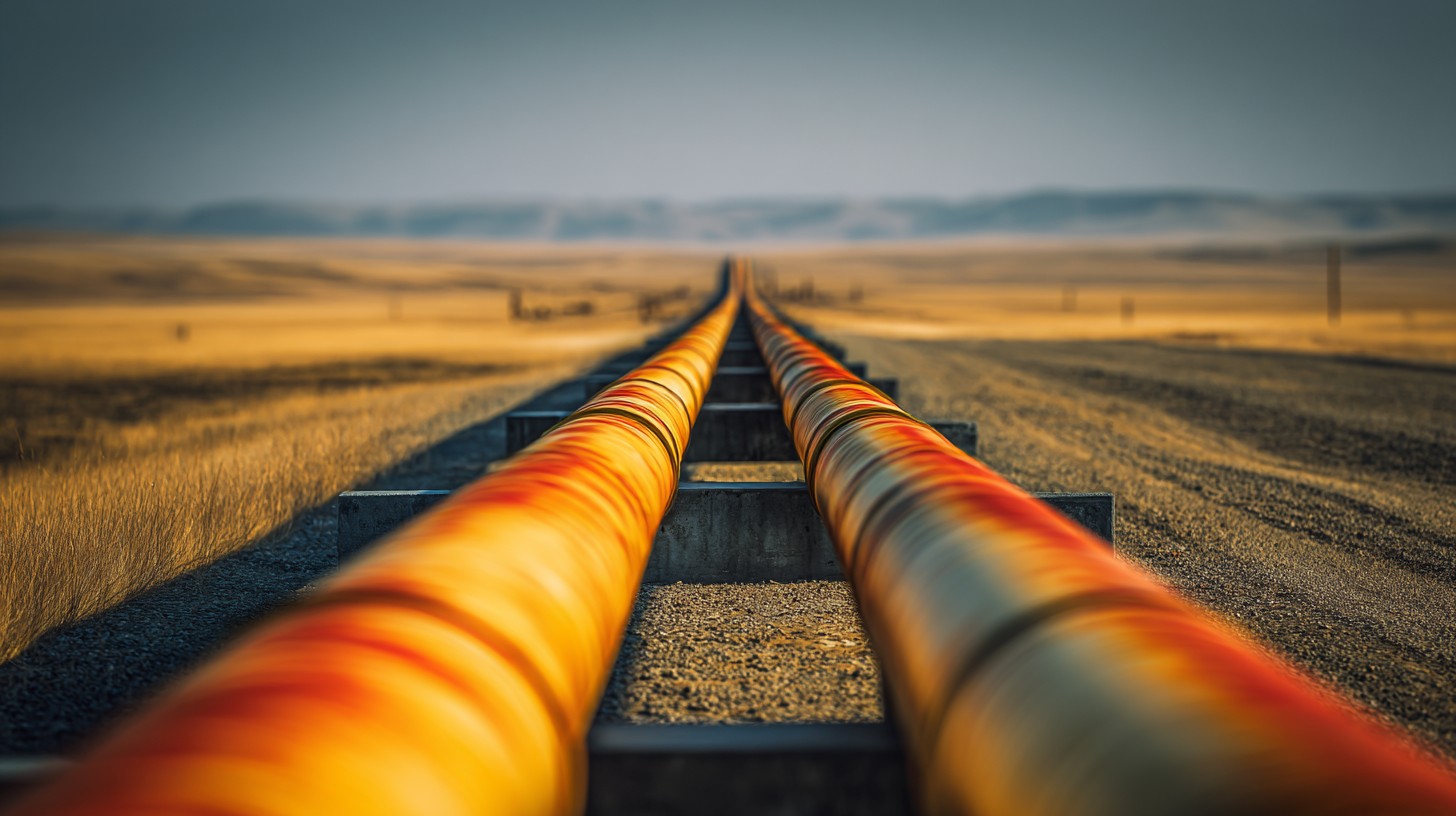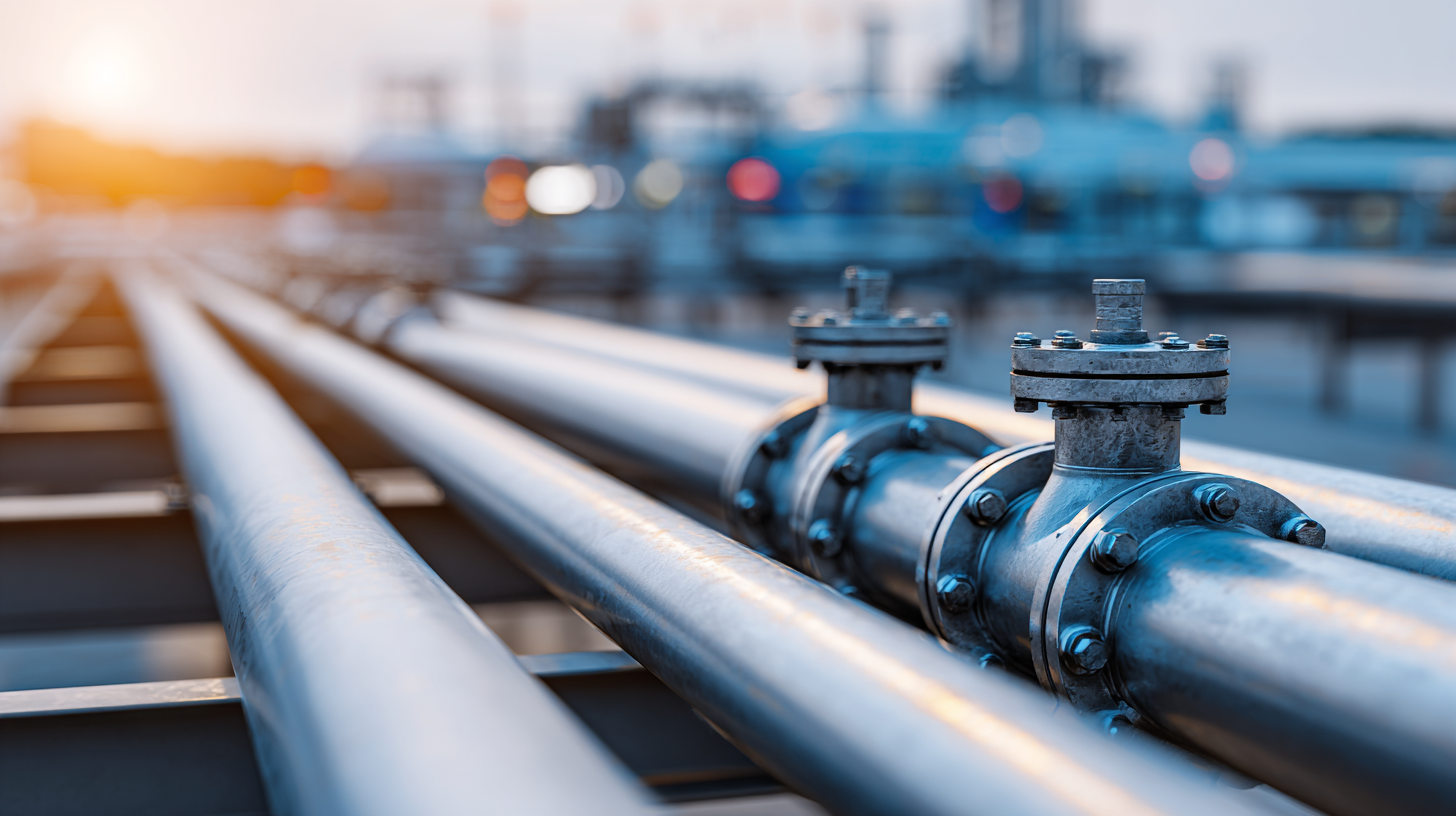Blog 
Understanding the Essential Role of Gas Tubing in Modern Energy Solutions
In the rapidly evolving landscape of modern energy solutions, the pivotal role of gas tubing cannot be overstated. As energy demands soar globally, with the International Energy Agency projecting a 30% increase in demand by 2040, the efficiency and reliability of gas transportation systems become crucial. Gas tubing serves as the backbone for natural gas distribution, ensuring safe and efficient transfer from production sites to end-users. The global gas tubing market is anticipated to reach $12 billion by 2025, driven by increasing investments in infrastructure and the growing shift towards cleaner energy sources. As industries strive to meet regulatory standards and reduce emissions, advancements in gas tubing technology will play a critical role in facilitating these transitions, thereby enhancing overall energy sustainability and security in various sectors.

The Importance of Gas Tubing in Energy Distribution Systems
Gas tubing plays a pivotal role in the efficacy and safety of energy distribution systems. According to a report by the American Gas Association, approximately 70% of natural gas used in the United States is delivered through pipelines—many of which utilize advanced gas tubing technologies. These systems are designed not only for efficient transport but also to withstand high pressures and varying temperatures, ensuring consistent energy delivery across regions. The integrity of gas tubing is crucial; any weaknesses can lead to leaks, resulting in energy loss and environmental hazards.
Furthermore, as the demand for natural gas continues to rise, the importance of durable and reliable gas tubing becomes more pronounced. The International Energy Agency predicts that global natural gas demand could increase by over 30% by 2040, highlighting the need for robust infrastructure. Advanced materials and innovative designs in gas tubing can significantly enhance reliability and efficiency, reducing maintenance costs and extending service life. In this context, investing in high-quality gas tubing systems is not just a matter of regulatory compliance; it is essential for meeting future energy needs and supporting sustainable distribution networks.
Understanding the Role of Gas Tubing in Energy Solutions
Key Factors to Consider When Selecting Gas Tubing Materials
When selecting gas tubing materials for modern energy solutions, several key factors must be taken into account to ensure safety, efficiency, and durability. The gas industry increasingly relies on advanced materials that can withstand extreme temperatures and pressures, leading to a surge in the use of high-density polyethylene (HDPE) and stainless steel in installations. According to a report by MarketsandMarkets, the global demand for gas tubing is expected to grow at a compound annual growth rate (CAGR) of 5.6% between 2021 and 2026, highlighting the importance of choosing the right materials.
Tip: Always consider the specific environmental conditions where the gas tubing will be installed. For instance, corrosive environments may necessitate the use of stainless steel, while HDPE is well-suited for underground installations due to its resistance to soil corrosion.
Another critical factor is compliance with industry standards and regulations. Materials must meet specifications set forth by organizations like the American Society for Testing and Materials (ASTM) and the International Organization for Standardization (ISO). Selecting tubing that adheres to these standards not only guarantees safety but also enhances the longevity of the system.
Tip: Verify certifications and testing reports of the gas tubing materials you are considering to ensure they meet required safety and performance benchmarks. This ensures long-term reliability and minimizes the risk of leaks or failures in your energy system.
Installation Best Practices for Gas Tubing in Modern Applications
When installing gas tubing in modern applications, adhering to
best practices
is critical for ensuring
safety and
efficiency. First and foremost, selecting the
appropriate material is essential.
Common materials include steel and
polyethylene, each offering unique advantages depending on the
installation environment and the gas type being transported. It is important to assess factors such as
corrosion resistance and
temperature tolerance during material selection to enhance
durability and reduce potential hazards.
Furthermore, proper installation techniques cannot be overlooked. This includes ensuring that fittings and
joints are secure to prevent
leaks, which pose a significant risk in any gas delivery
system. Utilizing high-quality connectors and following
manufacturer specifications during
installation can mitigate potential complications. Additionally, incorporating
regular inspections and maintenance checks is vital
to monitor the integrity of the gas tubing over time, ensuring it continues to function safely and effectively
in modern energy solutions.

Maintaining Safety Standards in Gas Tubing Operations
Gas tubing plays a crucial role in modern energy solutions, facilitating the safe and efficient transport of gas across various applications. However, maintaining safety standards in gas tubing operations is paramount to prevent accidents and ensure reliability. Regular inspections and adherence to industry regulations are essential in mitigating potential risks associated with gas leaks or structural failures.
Tips: Always conduct thorough inspections of gas tubing systems to identify wear and tear. Utilize advanced monitoring technologies to detect any anomalies early. Familiarize yourself with local safety regulations and ensure that all personnel are trained to handle gas tubing properly.
In addition to regular maintenance, implementing a robust training program for technicians is vital in promoting safety. Understanding the materials used in gas tubing and their respective properties helps workers recognize potential hazards. Moreover, utilizing proper installing techniques and tools can significantly reduce the risk of leaks or catastrophic failures.
Tips: Encourage continuous education and drills for all staff involved in gas tubing operations. Regularly update training materials to reflect the latest safety practices and technological advancements in the industry.
Innovations in Gas Tubing Technology for Enhanced Efficiency
Innovations in gas tubing technology have revolutionized the energy sector, focusing on enhanced efficiency and sustainability. Today's advancements include lightweight materials and advanced insulation techniques that significantly reduce heat loss during gas transportation. These innovations not only optimize energy transfer but also minimize environmental impact, aligning with global energy conservation goals.
Tip: When considering new gas tubing solutions, always evaluate the thermal properties of the materials used. High-quality insulation can significantly reduce energy costs and improve overall system performance.
Another notable advancement is the integration of smart technologies within gas tubing systems. Real-time monitoring devices can detect leaks, pressure changes, and temperature variations, allowing for prompt maintenance and reducing the likelihood of accidents. This proactive approach not only protects the environment but also ensures stable energy supply.
Tip: Implement a regular maintenance schedule that includes inspection of smart monitoring systems. Staying ahead of potential issues can enhance safety and reliability in your energy solutions.



